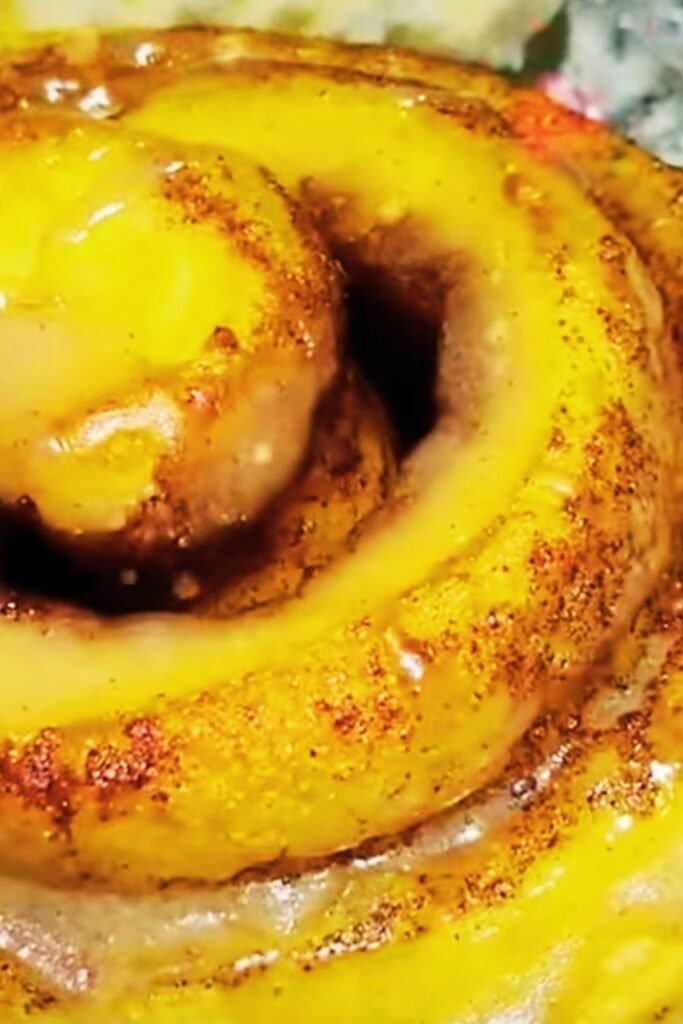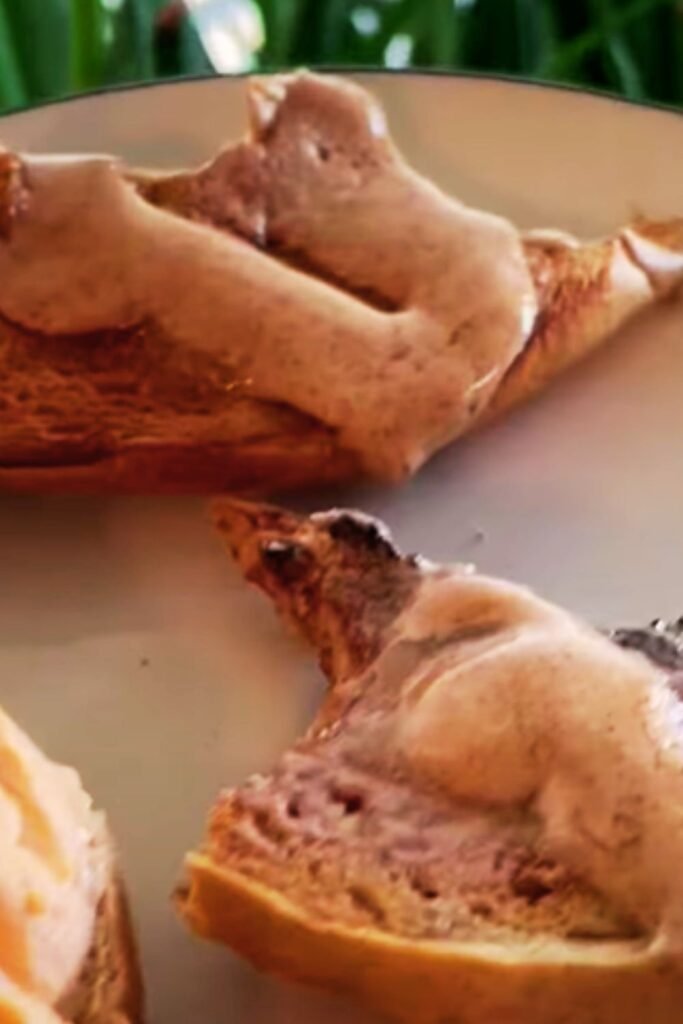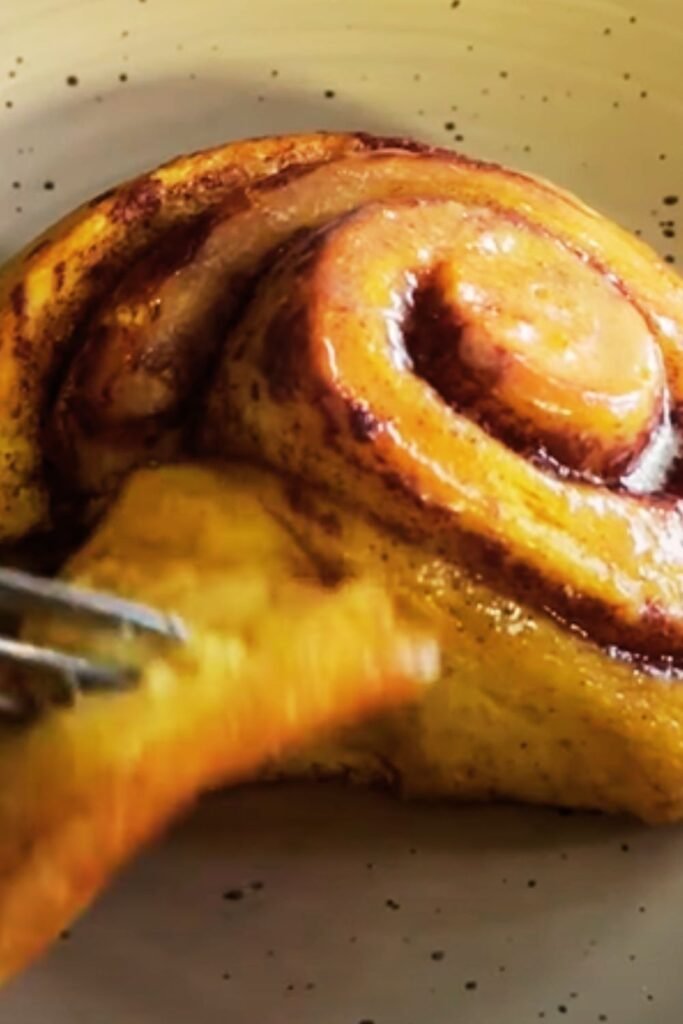When I first discovered matcha crinkle cookies, I was immediately captivated by their stunning appearance and unique flavor profile. These gorgeous green treats combine the earthy, slightly bitter notes of premium matcha powder with the classic soft-chewy texture of traditional crinkle cookies. The result? A sophisticated twist on a beloved classic that never fails to impress guests and satisfy my own cravings for something both familiar and exotic.
The beauty of matcha crinkle cookies lies not just in their striking emerald color, but in how they bridge two culinary worlds. These cookies represent my personal journey of exploring how traditional Japanese ingredients can elevate familiar Western desserts, creating something entirely new yet comfortingly nostalgic.
Understanding Matcha: The Heart of These Cookies
Matcha: Finely ground powder made from specially grown and processed green tea leaves (Camellia sinensis). The leaves are shade-grown for several weeks before harvest, then stone-ground into a vibrant green powder.
Ceremonial Grade Matcha: The highest quality matcha, intended for traditional tea ceremonies, with the smoothest flavor and brightest color.
Culinary Grade Matcha: Slightly more robust in flavor, specifically designed for cooking and baking applications.
Umami: The fifth taste sensation, characterized by a savory, earthy quality that matcha brings to sweet applications.
The key to exceptional matcha crinkle cookies starts with understanding your matcha powder. I’ve experimented with various grades over the years, and while ceremonial grade produces the most beautiful color, culinary grade matcha actually works better for baking. Its stronger flavor profile holds up against the sweetness of the cookie dough, ensuring that distinctive matcha taste doesn’t get lost.
Essential Ingredients and Their Roles
| Ingredient | Quantity | Purpose | Substitution Notes |
|---|---|---|---|
| All-purpose flour | 2¼ cups | Structure and texture | Can substitute up to ½ cup with cake flour for softer cookies |
| Culinary grade matcha powder | 3 tablespoons | Flavor and color | Don’t substitute with green tea powder – flavor is completely different |
| Baking soda | 1 teaspoon | Leavening and crinkle effect | Essential for proper texture |
| Salt | ½ teaspoon | Flavor enhancement | Use fine sea salt for best results |
| Unsalted butter | 1 cup (2 sticks) | Fat content and richness | Must be room temperature for proper creaming |
| Granulated sugar | 1 cup | Sweetness and structure | Part of the creaming process |
| Brown sugar | ½ cup | Moisture and chewiness | Light or dark both work |
| Large eggs | 2 | Binding and moisture | Room temperature eggs incorporate better |
| Vanilla extract | 2 teaspoons | Flavor complexity | Pure vanilla recommended |
| Powdered sugar | 1 cup | Coating for crinkle effect | Confectioner’s sugar works identically |

Each ingredient in my matcha crinkle cookie recipe serves a specific purpose. The butter must be properly creamed with both granulated and brown sugars to create the right texture. I’ve found that the combination of both sugars gives these cookies their perfect balance of crispy edges and chewy centers.
The Science Behind the Perfect Crinkle
The characteristic cracked, crinkled surface that gives these cookies their name results from a fascinating interplay of ingredients and technique. When I roll the cookie dough balls in powdered sugar before baking, the sugar creates a coating that can’t expand as much as the cookie dough underneath.
As the cookies bake, the dough spreads and rises, causing the powdered sugar coating to crack and create those beautiful fissures. The baking soda plays a crucial role here too – it provides just enough lift to create dramatic cracking without making the cookies too puffy.
Temperature Control: The secret I’ve learned over years of perfecting this recipe is temperature control. The dough needs to be chilled, but not frozen solid. The oven needs to be exactly 375°F for optimal spreading and cracking.
Timing: Each cookie needs exactly 10-12 minutes in the oven. Any longer and you lose that perfect chewy center; any shorter and the crinkles won’t fully develop.
Step-by-Step Recipe Instructions
Preparation Phase
Before I begin mixing, I always set up my workspace completely. This includes:
- Measuring all ingredients precisely
- Bringing butter and eggs to room temperature (about 2 hours at room temperature)
- Preheating the oven to 375°F
- Lining baking sheets with parchment paper
- Setting up my cooling racks
Creating the Perfect Dough
Step 1: Dry Ingredient Integration I start by whisking together the flour, matcha powder, baking soda, and salt in a medium bowl. This step is crucial – I make sure to break up any clumps in the matcha powder by pressing them against the bowl with the back of my whisk. Sifting the matcha powder beforehand can help, but isn’t absolutely necessary if you’re thorough with the whisking.
Step 2: Creaming Process In my stand mixer bowl (though a hand mixer works fine), I cream the room-temperature butter with both granulated and brown sugars for 3-4 minutes until the mixture is light and fluffy. This creaming process incorporates air into the mixture, which contributes to the cookie’s final texture.
Step 3: Adding Wet Ingredients I add the eggs one at a time, beating well after each addition, followed by the vanilla extract. The mixture might look slightly curdled at this point, but that’s completely normal.
Step 4: Combining Wet and Dry I add the flour mixture to the butter mixture in three additions, mixing on low speed just until combined after each addition. Overmixing at this stage can lead to tough cookies.

The Chilling and Shaping Process
Chilling: I wrap the finished dough in plastic wrap and refrigerate for at least 2 hours, though overnight is even better. Chilled dough is easier to handle and produces cookies with better shape retention.
Shaping: Using a small cookie scoop or my hands, I form the dough into balls about 1½ inches in diameter. Consistency in size ensures even baking.
The Sugar Coating: This is where the magic happens. I roll each dough ball generously in powdered sugar, making sure they’re completely coated. I use about a cup of powdered sugar for coating, and I’m not shy about it – the more coating, the more dramatic the crinkle effect.
Baking Techniques for Perfect Results
| Baking Variable | Optimal Setting | Why It Matters |
|---|---|---|
| Oven temperature | 375°F | Higher temps create better spread and cracking |
| Rack position | Middle rack | Even heat distribution |
| Baking time | 10-12 minutes | Edges set but centers still soft |
| Cookie spacing | 2 inches apart | Allows for spreading without touching |
| Pan preparation | Parchment paper | Easy removal and even browning |
The most common mistake I see people make is overbaking these cookies. They should look slightly underdone when you remove them from the oven – the centers will still look soft and the edges will be just set. They’ll continue cooking on the hot baking sheet for a few minutes after removal.
I always bake one test cookie first to check my oven’s timing. Every oven is slightly different, and this small step can save an entire batch.
Flavor Variations and Creative Adaptations
White Chocolate Matcha Crinkles
One of my favorite variations involves folding in ½ cup of white chocolate chips before chilling the dough. The sweetness of white chocolate complements matcha beautifully, and the chips create interesting texture contrasts.
Matcha-Sesame Fusion
For a more adventurous flavor profile, I sometimes add 2 tablespoons of toasted sesame seeds to the dough. The nutty flavor pairs surprisingly well with matcha’s earthiness.
Double Matcha Intensity
For true matcha lovers, I occasionally increase the matcha powder to 4 tablespoons and add a simple matcha glaze made from powdered sugar, matcha powder, and a touch of milk.

Storage and Freshness Guidelines
| Storage Method | Duration | Quality Notes |
|---|---|---|
| Room temperature (airtight container) | 5-7 days | Maintain soft texture |
| Refrigerated (airtight container) | 10-14 days | May become slightly firmer |
| Frozen (freezer bags) | 3 months | Thaw at room temperature |
| Cookie dough (frozen balls) | 2 months | Bake directly from frozen, add 1-2 minutes |
I’ve found that these cookies actually improve slightly after the first day, as the flavors meld together. The matcha flavor becomes more pronounced and complex.
Troubleshooting Common Issues
Problem: Cookies spread too much and lose their shape Solution: Ensure dough is properly chilled and oven is fully preheated. Consider adding an extra 2-3 tablespoons of flour.
Problem: Crinkles don’t develop properly Solution: Make sure you’re using enough powdered sugar coating and that your baking soda is fresh (replace every 6 months).
Problem: Matcha flavor is too weak Solution: Increase matcha powder by 1 tablespoon, but be aware this may affect the color and slightly alter the texture.
Problem: Cookies are too sweet Solution: Reduce granulated sugar by 2-3 tablespoons and add a pinch more salt to balance flavors.
Nutritional Considerations and Health Benefits
While these are definitely indulgence cookies, matcha does provide some nutritional benefits that traditional cookies lack:
| Nutrient | Benefit | Amount per Cookie (approximate) |
|---|---|---|
| Antioxidants (catechins) | Anti-inflammatory properties | Varies by matcha quality |
| L-theanine | Promotes calm alertness | Small amounts |
| Caffeine | Gentle energy boost | 5-10mg |
| Calories | Energy | 180-200 calories |
| Carbohydrates | Quick energy | 28-32g |
| Fat | Satiation | 8-10g |
Serving Suggestions and Pairings
These matcha crinkle cookies shine in various serving contexts:
With Tea: Naturally, they pair beautifully with green tea, but I also love them with jasmine tea or even a delicate oolong.
With Coffee: The slight bitterness of matcha complements coffee surprisingly well, especially lighter roasts.
Dessert Platters: They add visual interest and unique flavor to mixed cookie platters for parties or gatherings.
Ice Cream Sandwiches: Try them with vanilla or even matcha ice cream for an elevated dessert experience.
Gift Giving: Their unique appearance and sophisticated flavor make them excellent homemade gifts.
Seasonal and Occasion Adaptations
Spring: Perfect for cherry blossom viewing parties or Easter gatherings Summer: Pair with iced matcha lattes for afternoon treats Fall: Complement autumn tea ceremonies or cozy gatherings Winter: Add to holiday cookie exchanges for something different
Advanced Techniques for Experienced Bakers
For those wanting to take their matcha crinkle cookies to the next level, I recommend experimenting with:
Temperature Variations: Try baking at 360°F for slightly thicker cookies or 390°F for thinner, crispier versions.
Texture Modifications: Substitute 2 tablespoons of flour with cornstarch for even more tender cookies.
Professional Presentation: Use a small mesh strainer to dust additional matcha powder over the finished cookies for a professional bakery appearance.
Frequently Asked Questions
Q. Can I use matcha tea bags instead of matcha powder? Absolutely not. Tea bags contain different processing and won’t provide the intense flavor or color needed for these cookies. You must use proper matcha powder for authentic results.
Q. Why do my cookies turn brown instead of staying green? This usually indicates either low-quality matcha powder or overbaking. High-quality culinary matcha maintains its color better during baking, and removing cookies at the right time preserves the green hue.
Q. Can I make these cookies vegan? Yes, with modifications. Substitute the butter with vegan butter (stick form works best), and replace eggs with flax eggs (2 tablespoons ground flaxseed mixed with 6 tablespoons water, let sit 10 minutes).
Q. How can I make my crinkles more pronounced? Ensure your dough is properly chilled, roll generously in powdered sugar, and don’t skimp on the baking soda. Also, make sure your oven is fully preheated to 375°F.
Q. Can I double this recipe? Absolutely. This recipe doubles well, but I recommend chilling the dough in smaller portions for easier handling.
Q. What’s the difference between ceremonial and culinary grade matcha for baking? Culinary grade matcha has a stronger, more robust flavor that holds up better in baking. Ceremonial grade is smoother but can get lost in cookie dough. For baking, culinary grade is actually preferable.
Q. My cookies came out too sweet. How can I fix this? For your next batch, reduce the granulated sugar by 2-3 tablespoons and increase the salt slightly. You can also increase the matcha powder by ½ tablespoon to balance the sweetness.
Q. Can I freeze the baked cookies? Yes, these freeze beautifully for up to 3 months. Let them cool completely, then store in freezer bags with parchment paper between layers. Thaw at room temperature for best texture.
Q. Why did my cookies spread too much? This usually happens when the dough isn’t chilled enough, the butter was too warm, or the oven wasn’t fully preheated. Make sure to chill dough for at least 2 hours and verify your oven temperature with a thermometer.
Creating perfect matcha crinkle cookies is both an art and a science. Through years of experimentation and countless batches, I’ve learned that success comes from understanding each ingredient’s role, respecting the process, and not rushing any steps. These cookies represent more than just a sweet treat – they’re a bridge between cultures, a conversation starter, and a delicious way to explore the wonderful world of matcha in home baking.
The satisfaction of pulling a tray of perfectly crinkled, vibrant green cookies from the oven never gets old. Each batch reminds me why I fell in love with baking in the first place – the magic of transforming simple ingredients into something beautiful and delicious that brings joy to others.